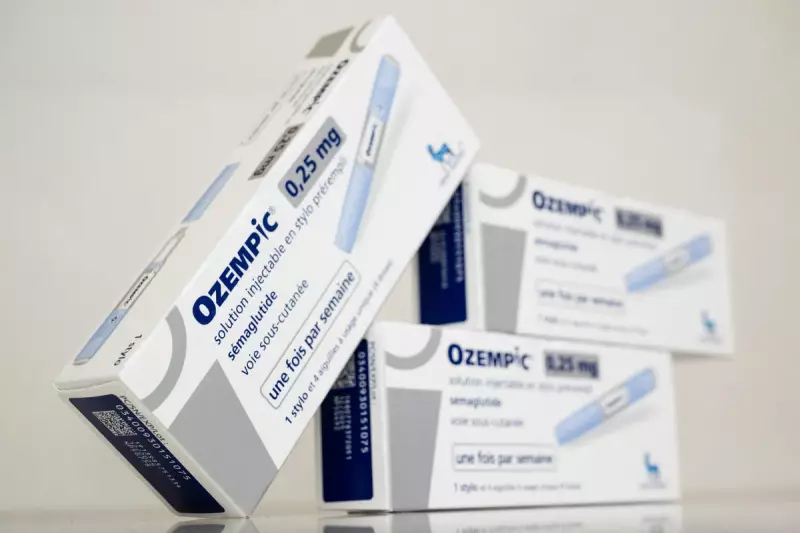
Medical researchers have issued an urgent warning about popular weight loss medications like Ozempic and Wegovy, revealing they could potentially hide life-threatening conditions during crucial medical scans.
The Hidden Danger in Medical Imaging
A comprehensive study presented at the Society of Nuclear Medicine and Molecular Imaging annual meeting has uncovered a concerning side effect of GLP-1 receptor agonists. These revolutionary drugs, celebrated for their weight loss and diabetes management capabilities, are altering how internal organs appear on PET/CT scans.
Professor Mona-Elisabeth Revheim from Oslo University Hospital explains: "When patients take these medications, they experience delayed gastric emptying, which causes the stomach and small bowel to appear significantly different on scans. This alteration could potentially mask cancerous tumours or other serious conditions."
What This Means for Patient Safety
The research team analysed PET/CT scans from numerous patients taking GLP-1 medications and discovered:
- Enhanced metabolic activity in stomach and bowel tissues
- Altered organ appearance that mimics cancerous growths
- Potential for missed diagnoses of pancreatic cancer and other diseases
- Increased risk of false positive results leading to unnecessary procedures
"Radiologists must be aware that patients are taking these drugs," Professor Revheim emphasises. "Without this knowledge, they might misinterpret scan results with potentially devastating consequences."
Practical Solutions for Healthcare Providers
The research team recommends straightforward protocols to prevent diagnostic errors:
- Patients should fast for longer periods before scans when taking GLP-1 medications
- Healthcare providers must specifically ask about these medications during patient screening
- Radiologists need additional training to recognise medication-induced scan alterations
- Consider pausing medication before elective scanning procedures
As these weight loss drugs become increasingly prevalent, with millions of prescriptions issued worldwide, the medical community faces a new challenge in maintaining diagnostic accuracy while embracing pharmaceutical advancements.





